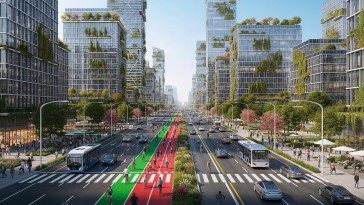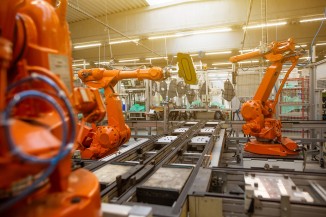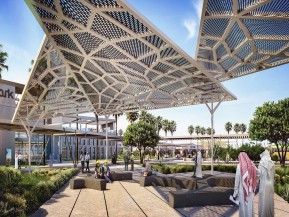Blog / Disruptive Technologies
Siemens Powers Copenhagen's Driverless Trains: The World’s Largest Urban Railway Innovation
Categories
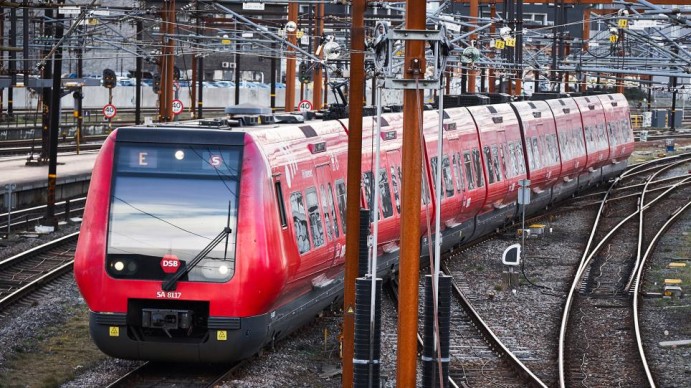
Copenhagen is set to redefine urban transport with its latest upgrade to the S-bane network, using Siemens Mobility’s cutting-edge GoA4 technology.
This pivotal upgrade in vehicle automation will transform the Danish capital’s 170km long railway into the world’s largest automatic urban railway system, setting a new global standard for technological integration in public transit.
Background on Copenhagen's S-bane Network
The S-bane, a staple of Copenhagen’s public transport since the 1930s, serves as the backbone of urban mobility, connecting the city center with the suburban zones.
Historically, the network has undergone several upgrades to enhance capacity and efficiency. The latest integration with Siemens Mobility’s technology marks a significant leap towards fully autonomous transport solutions.
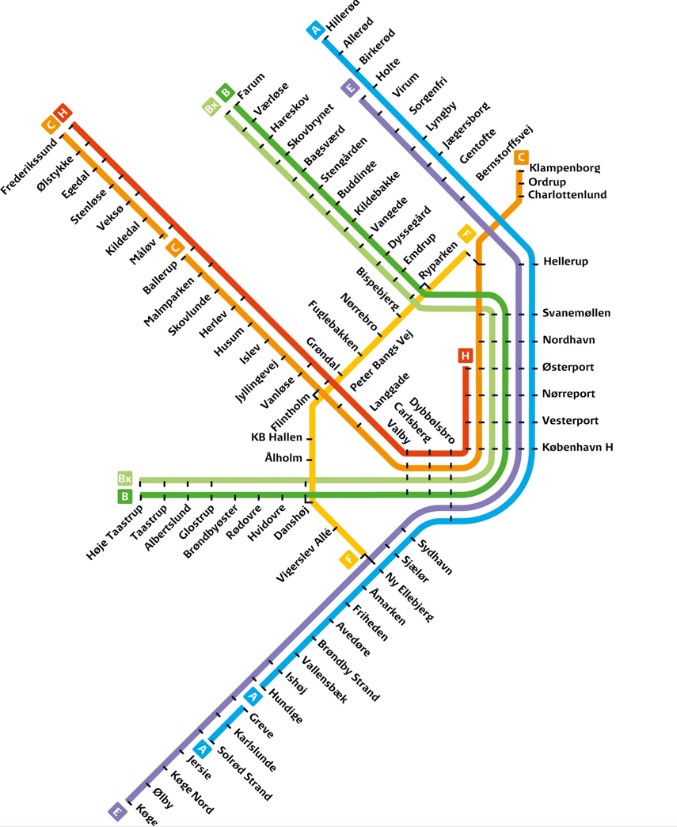
Smart City Technology: Overview of Siemens Mobility’s GoA4 Technology
Grade of Automation 4 (GoA4) by Siemens represents the highest level of train automation. This technology enables trains to operate entirely without human intervention, using advanced sensors, artificial intelligence, and comprehensive communication systems.
GoA4 is designed to manage all driving tasks, including acceleration, navigation, stopping at stations, and door operations. The system ensures high precision in operation, leveraging real-time data analysis to optimize route management and energy consumption. This level of automation not only increases the efficiency and frequency of train services but also enhances safety by minimizing human errors and inconsistencies.
Main Technical Specifications of Siemens Mobility’s GoA4 Technology:
- Fully Automated Operation: Trains operate without any onboard drivers, managed entirely by automated systems.
- Advanced Sensor Systems: Utilizes a combination of radar, lidar, and optical sensors to ensure accurate real-time environment perception.
- Artificial Intelligence: AI algorithms interpret sensor data, make operational decisions, and learn from vast amounts of operational data to improve efficiency and safety.
- Real-time Data Processing: Capable of processing and responding to real-time data for immediate decision-making regarding speed adjustments, routing, and station stops.
- Remote Monitoring: Equipped with a central monitoring system that oversees all train operations from a remote location, ensuring that any potential issues are addressed promptly.
- Communication-Based Train Control (CBTC): Uses CBTC technology for precise control over train movements, enhancing the capacity and reliability of train services.
- Emergency Management Systems: Integrated systems designed to handle emergencies autonomously with failsafe options and backup systems.
- Energy Efficiency Optimisation: Features built-in mechanisms to reduce energy consumption, adapting operations based on real-time conditions and demand.
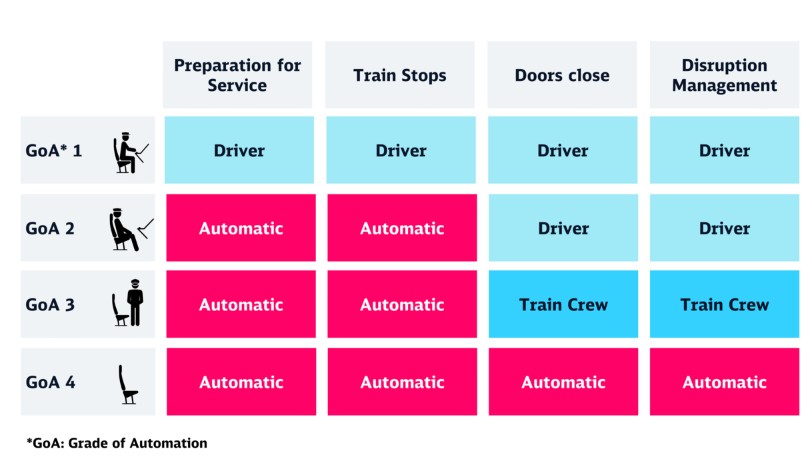
Public Transportation Innovation: Specifics of the GoA4 Integration into Copenhagen's S-bane
The integration process involves extensive updates to both infrastructure and rolling stock.
Scheduled in phases over the next five years, the project will see all 170 kilometers of track equipped with advanced signaling and control systems.
Post-integration, the network is expected to achieve a higher frequency of services and a marked improvement in energy efficiency.
Sustainable Transit: The Impact of Vehicle Automation GoA 4
The adoption of Grade of Automation 4 (GoA 4) by urban railways signifies a monumental leap toward reducing carbon footprints and enhancing operational efficiency.
This level of automation allows trains to operate entirely without human intervention, using state-of-the-art sensors and control systems to manage all aspects of travel and safety. In doing so, GoA 4 systems significantly decrease the likelihood of human error and optimise energy use, leading to smoother, faster services that are not only more reliable but also more environmentally friendly.
Cities adopting this technology, like Copenhagen, showcase potential reductions in energy consumption and greenhouse gas emissions, aligning public transportation with environmental sustainability goals.
Challenges and Considerations to Consider
Despite the advantages, the shift to a fully automated system poses several challenges. The primary concerns include cybersecurity, system integrity, and emergency management.
Ensuring the safety of passengers in the absence of human operators requires robust fail-safe protocols and continuous monitoring systems. Moreover, the public’s acceptance of driverless trains is crucial and demands effective communication about the benefits and safety features of the new technology.
Urban Railway Innovation: Market Overview & Top Players
The global autonomous train market size was valued at USD 13.6 billion in 2024 and is expected to reach USD 18.9 billion by 2030, at a CAGR of 5.7% during the forecast period of 2024-2030, according to a report by Market and Markets.
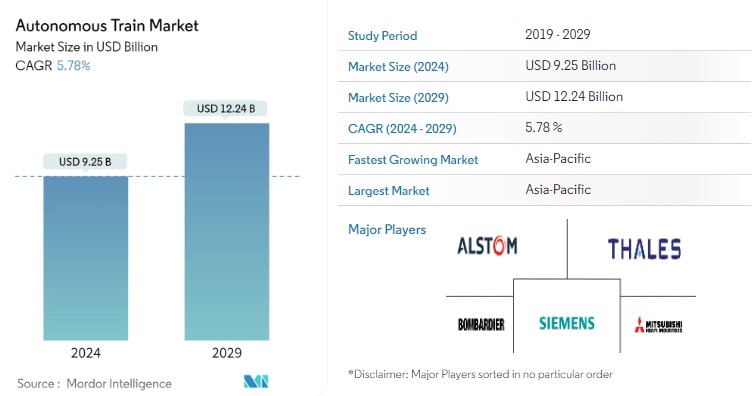
Who are the major players in the autonomous train market?
Alstom SA (France), Siemens AG (Germany), Hitachi Ltd. (Japan), Westinghouse Air Brake Technologies Corporation -WABTEC (US), and Thales Group (France) are the leading players operating in the autonomous train market.
What are the new market trends impacting the growth of the autonomous train market?
- Increasing emphasis on smart infrastructure
- Growing need for safety and compliance in rail transit
Pioneering Smarter Urban Futures with a Smart Cities Master
Copenhagen’s shift towards an autonomous railway system exemplifies the kind of urban innovation that a Master's in Global Smart City Management aims to foster. The ZIGURAT degree equips professionals with the knowledge to integrate cutting-edge technologies like Siemens Mobility’s GoA4 into urban planning and management, enhancing public transit systems in efficiency, safety, and sustainability.
As cities like Copenhagen lead the way in technological integration for sustainable urban development, graduates of this programme are prepared to guide similar transformations worldwide. This education is essential for those looking to manage and drive the evolution of smart cities, ensuring technological advancements align with comprehensive urban planning goals.


